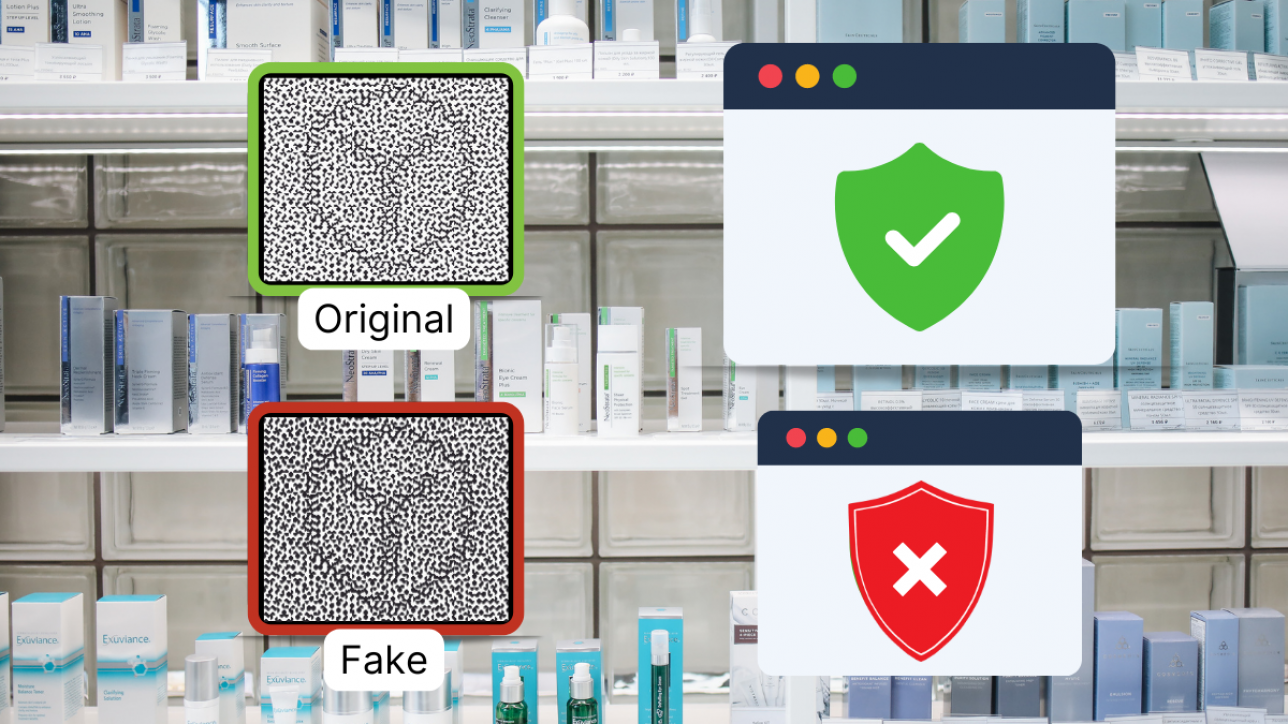Governments and brands all over the world, whether brands are in the automotive, cosmetics, apparel, wine & spirits, nutraceuticals, or food & beverage industries are at risk of their products being counterfeited.
Fraudsters are making fake products and using copied labels to make fake products look genuine. This leads to a business losing customers’ trust and valuable data to improve its products and revenue.
This article will give you an insight into how these copycats are counterfeiting brands’ products, and how to fight against them.
There are 2 types of QR codes and one type of anti-copy code:
- Common self-generated QR codes
- Serialised dynamic QR Codes
- YPB anti-copy codes for ultimate protection
How counterfeiters copy and take advantage of self-generated QR codes on packaging
A counterfeiter uses a high-quality scanner and printer to create the perfect copy of your original product’s QR code for placement on their counterfeit goods. If you don’t have any anti-counterfeiting features, customers will still be able to scan it just as if this was an authentic item!
Common self-generated QR codes, serialised dynamic, non-secure QR codes on product packaging
Common self-generated and dynamic QR codes are versions of URLs embedded in a QR code. common QR codes open a final URL on the smartphone to a website fixed with information. The information on a common QR code is encoded directly into the code.
A dynamic QR code is a QR code with a short redirect URL encoded into it. The information in the dynamic QR code isn’t encoded in the QR code itself. The information you are communicating with us on a website, and a dynamic QR code redirects the user to the website. The best feature of a dynamic QR code is that the redirection URL can be changed. Either way both of these QR codes are at risk of being counterfeited. Common and dynamic QR codes offer no security features for brands.

Checking for product authenticity using counterfeit QR codes
Since their existence, we’ve all come across common QR codes. These QR codes are the most basic QR codes that have no security features. The URL embedded into common QR codes cannot be changed once the code is printed.
Here is a walk-through scenario for common QR code counterfeiting:
- A customer will purchase the counterfeit product and come across a common QR code which has been copied from a genuine product and reprinted by the counterfeiter without knowing the difference.
- A counterfeiter copies and prints the QR codes: A cosmetic brand prints the same common QR code on all its genuine products with the redirect link to its website.
- A counterfeiter makes copies of the cosmetic product including the QR code.
- The customer is presented with the product’s website: The customer is directed to the same product information website as customers who have purchased the genuine product.
The result is no solution for checking if the product is genuine: There is no easy way for the cosmetic brand to distinguish which users are purchasing genuine products or fake products. Therefore there is no way to alert customers they’ve received a counterfeit product and keep the customer safe from harm.
Checking product authenticity using serialised dynamic QR codes
A dynamic QR code is embedded with a redirection URL in the QR code. These dynamic QR codes redirect customers to a different website to display the product’s information, where the redirecting URL is able to track that you’ve scanned the product.
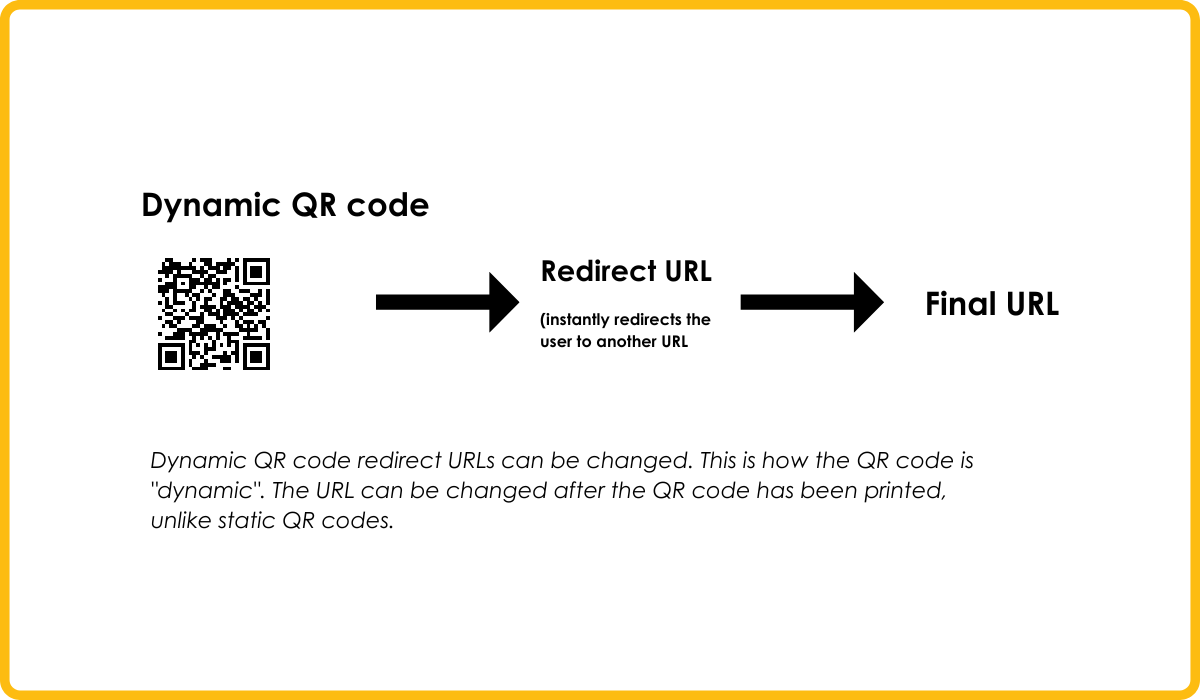
Here is a walk-through scenario for dynamic QR code counterfeiting. These codes are not serialised, and each product cannot be differentiated in any way by means of common, or dynamic QR codes:
The counterfeiter copies the dynamic QR code and prints the codes: An automotive brand prints a dynamic QR code to apply to each batch of a number of spark plugs leading to hundreds of thousands if not millions of spark plugs in one batch. (Dynamic QR codes have no security feature, these codes are the same and are embedded in all products).
The counterfeiter copies the genuine product and packaging, using the same dynamic QR code the brand is using.
The customer is presented with the product’s website: The counterfeited dynamic QR code uses the redirected URL to direct the customer to the product’s information webpage.
The result is no solution to check if the product is genuine: The customers see no difference in the QR code from the original and are not able to assess if the product is genuine or not. The brand is not able to detect that its products have been counterfeited. The brand is left with no protection and customers are at risk of purchasing counterfeit products.
Can you spot the copy?
One original print and one photocopy of the same QR code. Both contain the same URL: https://bit.ly/3yyvBjZ redirecting users to the same webpage, it’s near impossible to tell the difference with the human eye.

Verifying a counterfeit product using an anti-copy code on product packaging
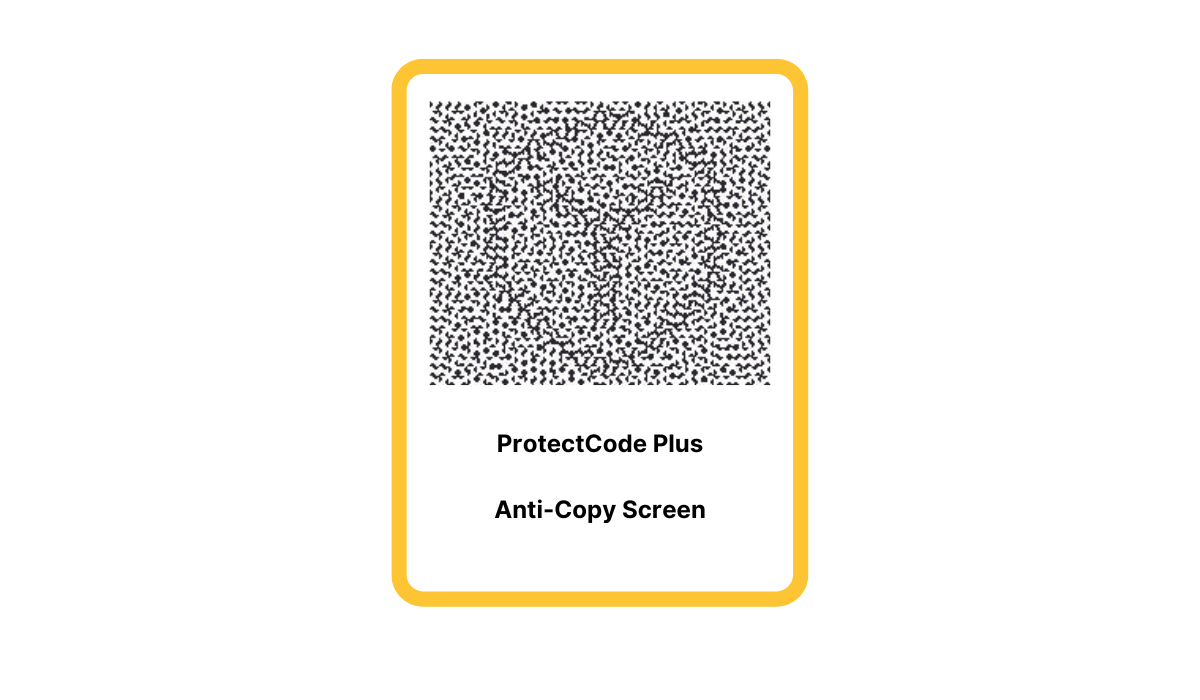
Anti-copy codes are unique from one product to another. An example of how an anti-copy code can be used; is in government documents. The URLs in anti-copy codes may be common or dynamic. What’s important is that the code is unique for each product.
Here is a walk-through scenario for anti-copy code counterfeiting:
The counterfeiter copies and prints the anti-copy code: A government office embeds a unique anti-copy code for each government document.
A counterfeiter makes copies of one document and its unique anti-copy code. The anti-copy code is then printed onto each of the counterfeiter’s fake documents. Now there are a number of counterfeit documents using this same anti-copy code.
Customers acquire a counterfeited document and scan the fake anti-copy code.
Customers scan the fake anti-copy code and try to verify the product.
The anti-copy code has lost the quality of its image after being copied.
The product is identified as counterfeit due to being a low-quality image so the anti-copy code cannot be successfully scanned.
The brand can also blacklist this QR code after hundreds of scans have been detected.
That way the customer will be alerted the product is a counterfeit. Any new scans of the product will present a customer with an alert that the product is not genuine.
The government will have access to the geographic location of the counterfeit product. The government will be able to keep track of where the products in these locations are and pursue legal action against the fraudsters when necessary.

Anti-copy codes capture essential customer information such as first-party data, and location data to support the supply chain, also customer feedback while mitigating the efforts of fraudsters.
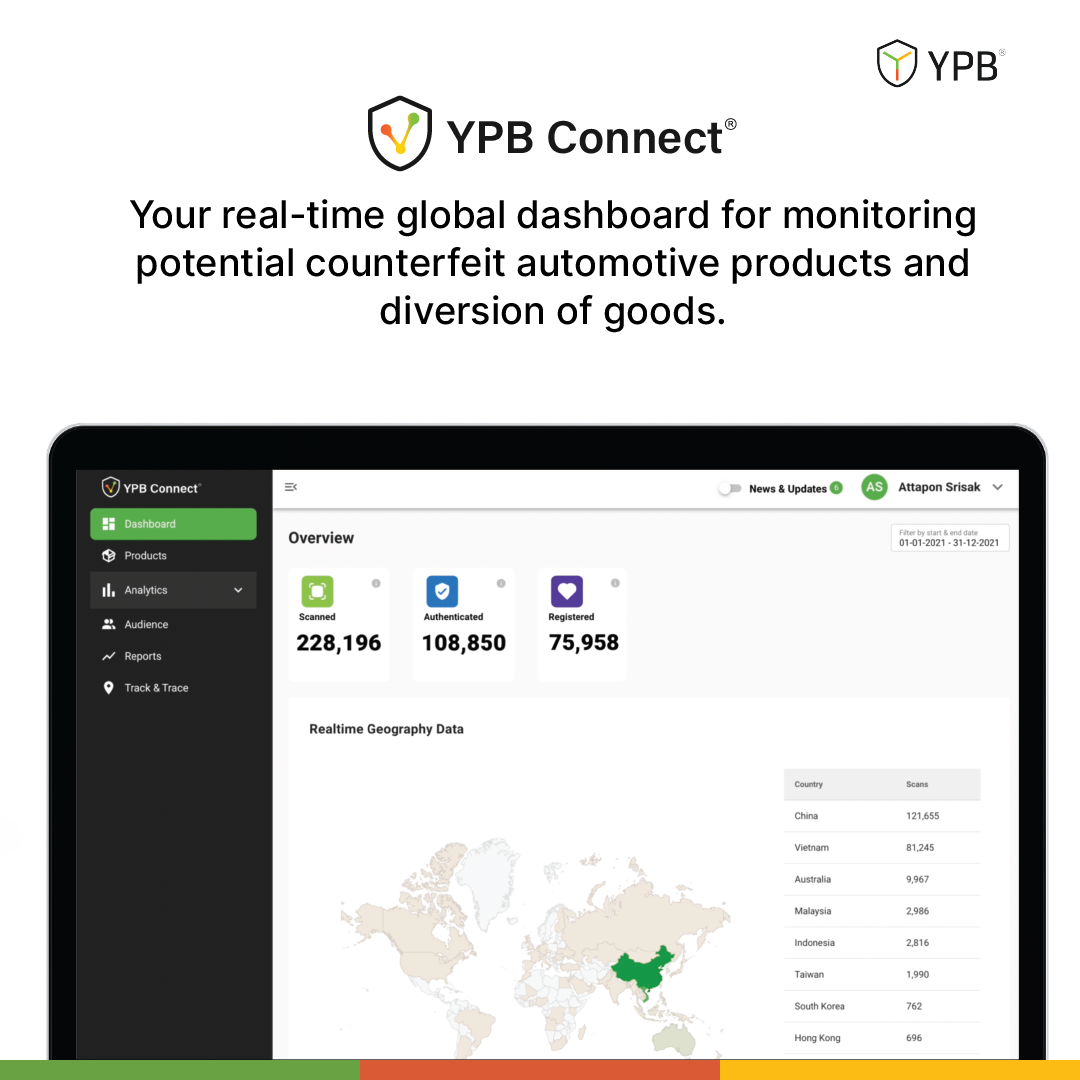
Anti-copy codes are not QR codes. They cannot be copied and protect the brand or government from forgery.
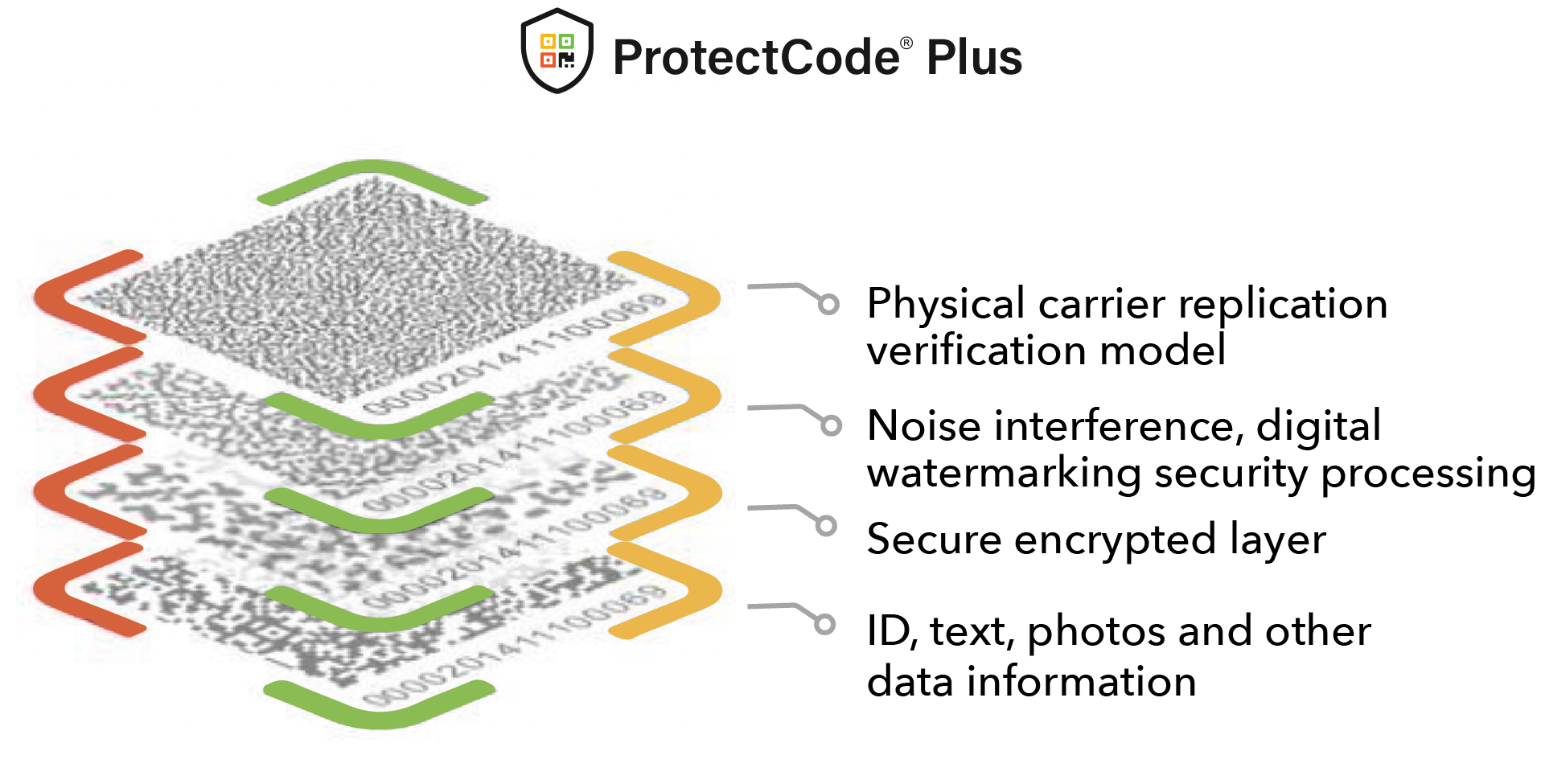
What happens when counterfeiters attempt to copy ProtectCode Plus anti-copy codes
A counterfeiter will attempt to scan and print the anti-copy code onto the counterfeited product however, the receiving customer will be able to detect that the product is a fake with the camera on any unmodified smartphone.
What are the benefits of using Anti-Copy Codes?
-
- Easy to implement – Serialised Anti-Copy codes work with all up-to-date smartphones through a camera.
- Cost-efficient – Serialised Anti-Copy codes integrate easily into your existing printing and packaging process compared to costly security solutions, for example; holograms. Holograms require a significant fee to make and depend on customer education to allow customers to identify a real product from a fake product.
- Flexible – The serialised anti-copy codes can be laser printed on the bottom of products, printed on the side of products or printed on top of products. You can print digital QR codes using HP Indigo, UV inkjet, Offset, Gravure, and Desktop Laser Printers.
- Scalable – Once the onboarding of printing integration and testing is complete, the serialised anti-copy code can be printed as few or as many times as you’d like.
Conclusion
What can you as a brand owner do about improving your revenue and protecting yourself from counterfeiters? Well, our team at YPB urge you to convert the use of common QR codes and implement a secure anti-copy code. These anti-copy codes are dynamic codes that add an additional layer of security. How? The anti-copy code is printed and unique from one another. Accompanied by a smartphone app, the anti-copy code is the top-of-the-line defence against counterfeiters. That way each product or document you deliver will be unique and impossible to replicate. This anti-counterfeit technology is easy to implement and importantly it is cost-effective.
YPB offers two product authentication codes one being ProtectCode, and the other being ProtectCode Plus.
- ProtectCode is a dynamic serialised QR code that is accompanied by a matching PIN code for customers to validate the authenticity of the product they’ve purchased.
- ProtectCode Plus is a dynamic anti-copy code that is accompanied by a smartphone authentication app. The app can be branded and offers ultimate protection against counterfeiting.
YPB solutions come provided with YPB Connect, our cloud platform. YPB Connect allows you to monitor where your products are being scanned all over the world and get alerts for any possible product counterfeits. You can blacklist the product that is being counterfeited, and alert your customers of the counterfeit product. By being able to get access to data that shows what region your product is popular in, you can make sure that your supply chain is best fitted to cater to those regions. YPB Connect is able to ensure compliance and mitigate risk in case of a product recall. Should a product recall situation arise, you can process the recall with ease within YPB Connect.
Take the next best step by adding an extra layer of security against counterfeiters. Protect your brand and your customers from counterfeiters and harmful goods.
Use anti-copy codes for Brands, Governments and Documents!
Find out about how brands and legal entities use invisible authentication material to verify your products!
Learn about our brand protection cloud platform YPB Connect!
